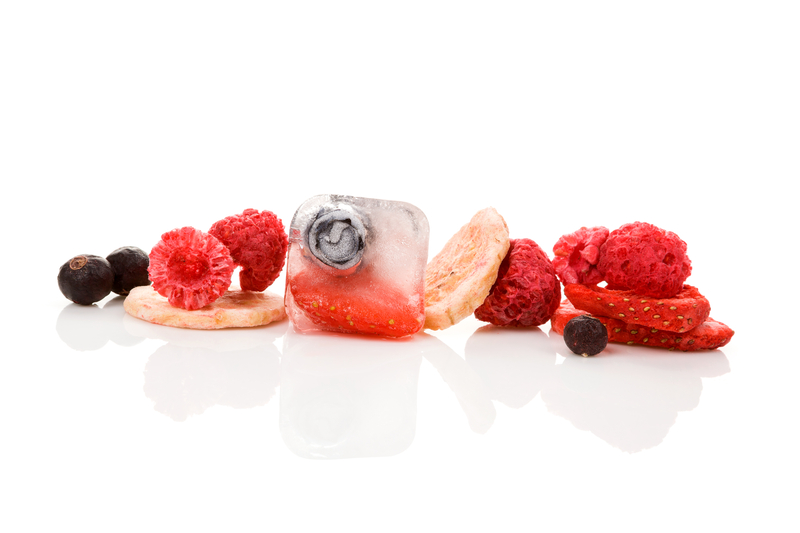Freeze drying and vacuum drying are two popular methods of removing moisture from various foods. Both processes have their unique advantages and disadvantages, and choosing the right one depends on the specific application and requirements.
Freeze Drying
Freeze drying, also known as lyophilization, is a process that involves freezing the substance and then removing the ice by sublimation under a vacuum. This process is particularly useful for preserving the integrity of delicate materials that can be damaged by high temperatures. Freeze-dried foods have a long shelf life (up to 25 years), are lightweight, and are easy to transport.
What Foods can be Freeze Dried?
Almost any food can be freeze-dried, including:
- Fruits – berries, bananas, apples, pineapples, mangoes, etc.
- Vegetables – peas, carrots, potatoes, sweet potatoes, beans, etc.
- Meats – beef, chicken, pork, turkey, fish, etc.
- Dairy products – milk, cheese, yogurt, etc.
- Eggs
- Soups and stews
- Desserts – ice cream, cakes, cookies, etc.
- Herbs and spices
However, some foods may not be suitable for freeze-drying due to their high fat content or high water content. In addition, some fruits and vegetables may need to be blanched or treated with an antioxidant to preserve their color and flavor during the freeze-drying process.
Vacuum Drying
Vacuum drying is a process that involves removing the moisture from the substance by applying heat and a vacuum. Vacuum drying is a relatively fast and cost-effective process compared to freeze drying, and it can be used for large-scale production. Vacuum-dried materials are also lightweight and easy to transport, but they may not have the same long shelf life as freeze-dried materials.
One of the major differences between the two methods is the cost. Freeze drying is a much more expensive process than vacuum drying, primarily because of the specialized equipment required. Freeze dryers use a combination of a vacuum pump, a refrigeration system, and a condenser to remove the moisture, which can be costly to maintain and operate. Vacuum dryers, on the other hand, require less equipment and can be more affordable, making them a popular choice for many applications.
Another difference is the time required to complete the process. Freeze drying can take several hours to days, depending on the substance and the desired level of moisture content. Vacuum drying, on the other hand, can take several hours to complete, depending on the substance and the temperature used. In general, freeze-drying is a slower process than vacuum drying, which may not be suitable for time-sensitive applications.
Conclusion
Both freeze drying and vacuum drying are effective methods for removing moisture from food. Freeze drying is particularly useful for preserving maximal nutrients, while vacuum drying is a more cost-effective and faster process suitable for materials that are not affected by high temperatures.
Ultimately, the choice between the two methods depends on the specific requirements of the application, such as the desired level of moisture content, the material being dried, and the budget available.

